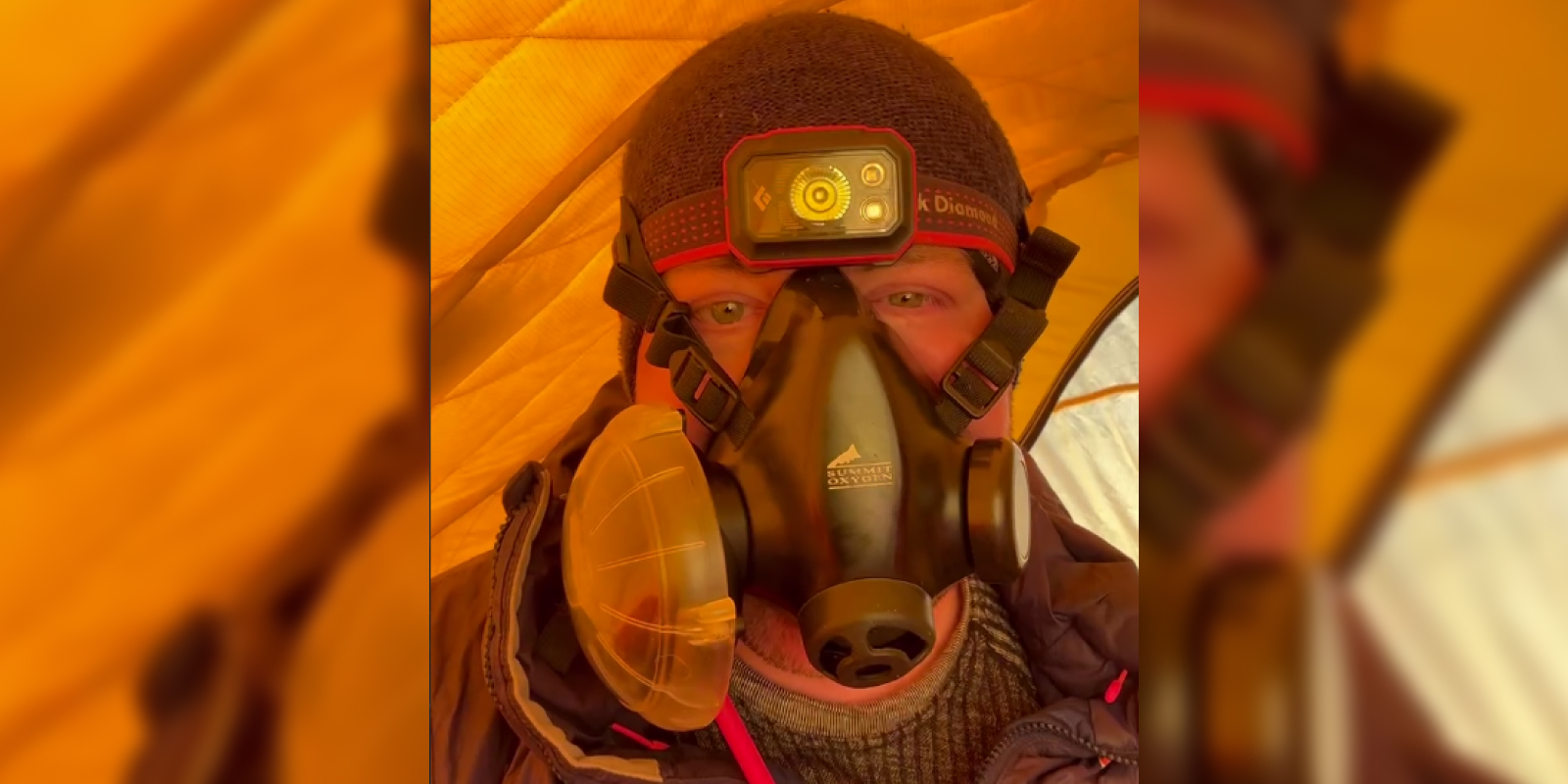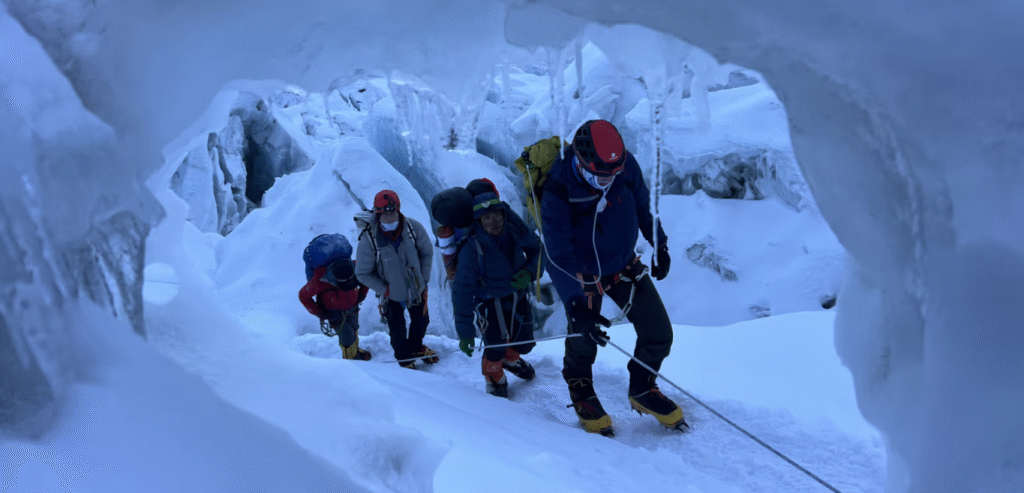Engineer Breaks Everest Record from Sea to Summit

Andrew Ushakov, Photo: everestseatosummit.com
On May 19, 2025, Andrew Ushakov made mountaineering history by becoming the fastest person to climb Mount Everest from sea level to summit – completing the journey in just 3 days, 23 hours, and 7 minutes. What makes this record-shattering ascent even more remarkable is that Ushakov did it without any prior acclimatization. Ushakov began his record-breaking ascent from sea level in New York City, departing on May 15, 2025, at 12:30 AM local time. From there, he flew to Kathmandu, Nepal, and continued on to Everest Base Camp. In a bold move, he began his climb to the summit on the very day he arrived – skipping the traditional acclimatization period entirely
A full-time engineer and father, Ushakov defied the odds and the doubts of the mountaineering community. His mission wasn’t just about breaking records – it was about proving that ordinary people can achieve the extraordinary.
“I’m ecstatic, although physically exhausted, to have achieved what many said was impossible,” – he said after the climb. “I did this as a regular guy, with a broken arm and a dream. This is for the 99% of people who think big goals are off limits.”
This feat was five years in the making. Ushakov began climbing in 2020 and committed to intense training – often with one arm, after surviving a deadly avalanche in Ecuador just two months before the climb, which left his elbow shattered in seven places. In 2024, his first attempt to climb Everest in just six days ended in heartbreak when he went blind in the death zone, only 300 meters from the summit.
Undeterred, he returned home, healed, trained harder, and upgraded his approach using science and resilience. Ushakov worked with a top-tier support team, including Dr. Irina Zelenkova (medical), mountaineering legend Nimsdai Purja and the Elite Exped crew, and Professor Yannis Pitsiladis, a leading sports scientist known for his groundbreaking work with Olympic athletes. Together, they built a cutting-edge system of biometric sensors, AI-powered weather analytics, and real-time health monitoring to guide Ushakov’s body through one of the most extreme challenges on Earth.
Using hypoxic tents to simulate high altitude and logging over 400 hours inside them, Ushakov conditioned his body at home – skipping the usual 40–50 days of acclimatization in the Himalayas. But even the best preparation couldn’t eliminate risk. In 2024, he lost vision three times due to pressure-related eye damage, a challenge he addressed with surgery and relentless determination before trying again.
The climb wasn’t just a solo triumph. Ushakov credits his Sherpa team, advisors, medical experts, and the unwavering support of his family, friends, and business partners for making it possible. Despite the mental toll – from long-term physical strain to recovering from failure – he pushed forward, sharing his story publicly for the first time to inspire others.
Andrew’s guide from Elite Exped is the youngest Brit male to climb the 14 Peaks, and he said: “I’m really proud of Andrew’s determination and drive. To come back from injury and set back in the way he has, shows huge strength of character and mental resilience. I’m proud to stand on the summit of Everest with you Andrew, you deserve this success.”
With four Master’s degrees and a career designing skyscrapers in Manhattan, Ushakov is far from a full-time adventurer. Yet with passion, preparation, and purpose, he redefined what’s possible for climbers – and for dreamers everywhere.

